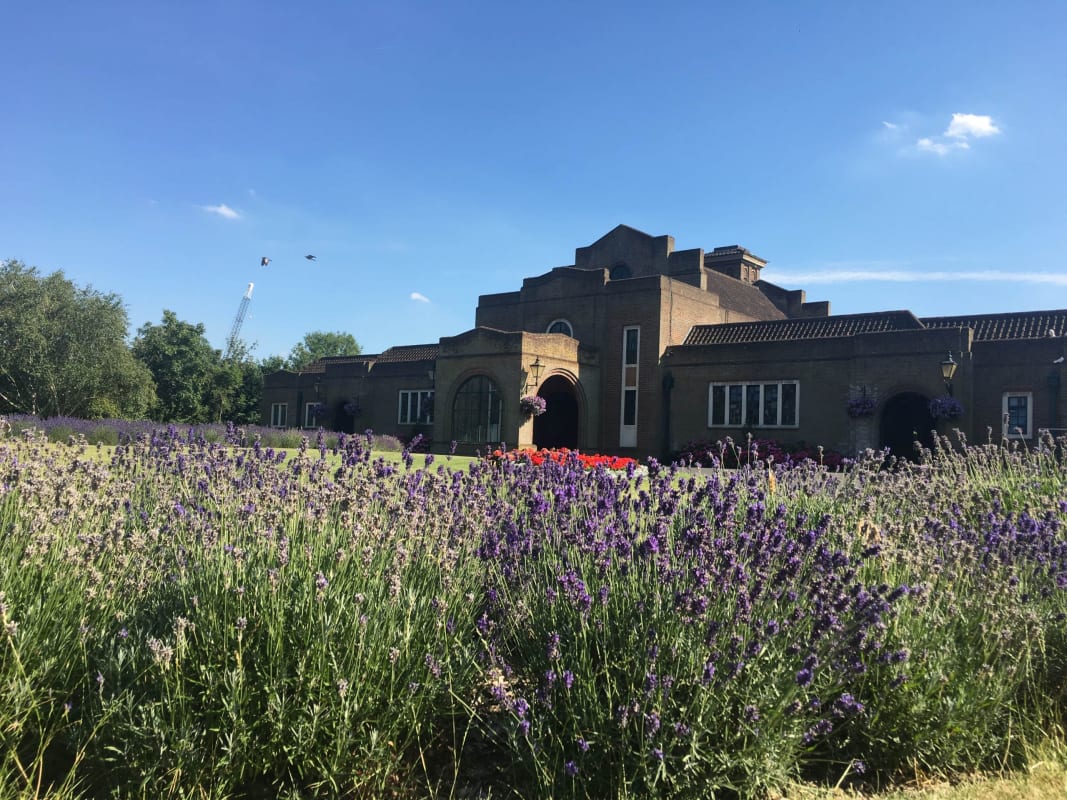
Mortlake Crematorium in West London is a crematorium that has been recognised within the funeral industry as a beacon of best practice; as a crematorium with a difference.
We’ve been looking to visit a crematorium for a while here on The Last Word. It’s the ‘forgotten part’ of a funeral – after the coffin goes behind the curtains we move on. Turns out that there’s a lot more that goes on behind the scenes at a crematorium, however, as we found out when we visited Mortlake Crematorium on a rainy Wednesday in August.
Mortlake Crematorium has been garnished with awards and nominations from within the industry and is a real collector’s item among crematoria watchers in the UK, having not raised its fees for the past three years running. A cremation service at Mortlake costs £575, with the nationwide average well above that figure at £716, and the London average sitting at £708, as we reported in May.
We met with Natasha Bradshaw, superintendent of the crematorium, to get a feel for what it is that they do differently to other crematoria in the UK.
Find funeral directors in Richmond and Hammersmith & Fulham.

Editor’s note: There has been some disagreement over the correct plural of the word ‘octopus.’ We have gone for ‘octopi,’ though we are aware that ‘octopuses’ is also considered valid.
An outsider might ask, aren’t all crematoria just the same? What more goes into it that means you can win an award for the work that you do?
If I was to compare us to other crematoria, I’d say it’s the whole feeling you have when you get here. It’s the beautiful grounds – did you see the lavender? The building…it’s also the sense that everyone here cares, from Sam the gardener, Jordan his apprentice, Lisa on reception; it’s all looked after, and it’s more than just a job to us here. That’s why everyone loves coming here – funeral directors and families.
Most people don’t have anything to compare a crematorium to. We recently had a gentleman who actually went to eight different ones and in the end chose us, despite not being from around here. He had a Saturday service at 3.00 pm for 250 people, and it all went well. Other places wouldn’t do a Saturday afternoon, and that’s where we’re different. We care for people, and I think that comes across.
One thing I always disliked in most crematoria is the ashes container…it just did not feel right giving a person back in a ‘cardboard box’ or ‘sweetie jar.’ Ours are these gorgeous boxes, which we’ve designed ourselves, tied up with a ribbon, with the ashes in a little parcel, the cremation certificates and so on in them. Actually people often keep the boxes and keep all the keepsakes, photos and memories of that person in them. I think that’s a nice touch, and something which we do differently.
We take care to recycle metals, and we’re working on pacemakers too. High grade surgical metals can be recycled for a lot of money. We’re part of the ICCM’s scheme which sends all proceeds to charities, like SANDs and SOBS. To date the scheme has raised £4,000,000, so this is a scheme which we’re proud to contribute to.
And there’s another thing that makes Mortlake Crematorium different to most other crematoria – we are a public service, and so we’re not thinking about shareholder profits, we’re thinking about how best we can serve the local community.
So you’ve acquired a reputation for repeatedly going above and beyond?
I would say that we have done, though it’s also down to the peaceful environment that we have here. Recently we had a funeral where the funeral arranger knows about my dog Noodles, she asked if they could borrow her for the service as the family were animal lovers, and I think that was appreciated. People know that we have doves that children can feed, a garden where children can jump on the stepping stone and we don’t mind when they throw stones into the pond…people like coming here!
How many staff do you have here, and is it a lot of work to maintain that standard?
There’s ten of us. Sam, Phil & Jordan who look after the grounds, Gary who’s been here for over 30 years, Steve who won crematorium attendant of the year last year, Richard who’s up for the same award this year, Marian the Deputy, Lisa, Andrea, & me. Oh, and the dog and the doves – they’re part timers!
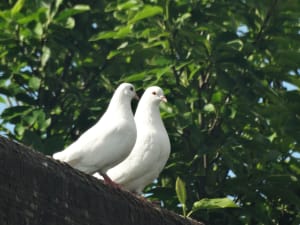
You must be kept pretty busy between ten of you!
We do approximately 2,400 funerals a year in our one chapel. As well as that we do a lot of work in the community too, which we think is very important. We have Father’s Day and Mother’s Day services here, the Wave of Light for Baby Loss Awareness Week, and we link up with the local primary school and deliver Easter eggs to the Royal Hospital and other nursing homes…that’s lovely as the older people love the children and the chocolate. The local funeral directors and visitors donate the eggs, a local black cab driver (well my husband Pat) and funeral directors will drive the children from the school to nursing homes.
Just yesterday we said goodbye to Baby Luke. There’s an appeal that we’re getting behind, making crochet octopi for premature babies (their little hands can grab onto the tentacles). There’s a big day we’ve organised for Saturday 30th September to make more octopi. We’ve had a lot of donations of wool, needles and stuffing from funeral directors – so I guess although there’s only ten of us, we can rely on a lot of support from within our community; and that’s as much from local communities and funeral directors as it is from people who have used Mortlake for a cremation.
You’re managed by a trust?
It’s quite complex. There is an Act of Parliament, and we are managed by a Board of elected members from the four local authorities which border Mortlake: Hammersmith & Fulham, Kensington & Chelsea, Richmond and Ealing. The Board are very supportive of the work we do.
You serve quite a large area then?
Yes, and we have good relationships with funeral directors from Hounslow to Fulham, and further beyond, all over West London really.
At Beyond, we compile an annual cremation and burial cost index. You guys are one of the few that keep their prices low year on year. How do you manage that?
Good management of course! (Laughs) Well it’s a variety of factors. We’ve not raised our prices for the third year running now and mostly it comes down to continuously maintaining and replacing the equipment and modernising facilities. A lot of crematoria have not done this, and the longer you leave it the more expensive and difficult it is to catch up. We are not a private company, so we are not paying out huge dividends to people – we are just focusing on providing the best possible service, and as I said, people do keep coming back to us.
As well as the standard price of £575, we also have an early morning service time at £365. ‘Direct cremation’ is becoming more popular around the country, people don’t have to have a service here, but all coffins will be brought through our chapel, as we feel that everyone deserves a dignified funeral and cost shouldn’t be a preventative factor.
Do you often have people coming to you directly, rather than through a funeral director?
It does happen, yes. I think the majority of people do still prefer to engage a funeral director, but some people will want to take control of the funeral arrangements themselves, for whatever reason. Often it will be parents whose baby has died under 24 weeks of gestation.
When someone does call us, all of our staff are experienced and know what questions they need to ask. We can figure out where they’re trying to get to with the funeral, and then suggest how they might do that. We might suggest using a funeral director – they do come in all shapes and sizes, and there might be one that we know can deliver to the family what they’re looking for.
We will suggest religious ministers, or humanist celebrants, florists and so on depending on what they want.
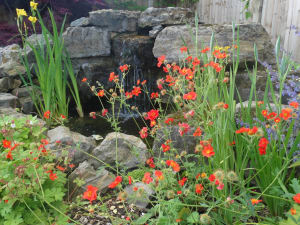
It’s interesting how much you guys get involved in the funeral arrangements. There’s almost some overlap with the role a funeral director would traditionally carry out.
We get involved more when someone comes to us directly, or when someone is looking for a really personal service. We know the space and its limitations, so we can help with the planning of the service. Traditional services are more fixed, whereas with the personal ones it’s always better I think if we get involved a little more.
Are you seeing more personal funeral services?
It’s difficult to say. The biggest change I’ve seen is music only services, with no talking. That’s becoming more popular. Music carries a lot of emotion, often more than words can get across and when there is no need for words, it can be very moving.
Is there anything you wouldn’t allow in the crematorium?
We’re generally pretty easy going and try to enable people to have the farewell that they want. We only really wouldn’t allow anything illegal, anything that would damage the building, or anything that would impact on another family. We’re very wary of not just saying no though, we always try and give a reason why, and suggest an alternative. For example, people often want everyone to have a candle, and the wax wrecks the carpet. We will say no, but suggest glass lanterns or fairy lights.
We once had the cremation of a dog walker here, and she had a lot of people who wanted to come who all wanted to bring their dogs into the chapel, which we obviously couldn’t allow! In the end, we had the dogs do a guard of honour, and the hearse drove past them all sitting obediently, which worked out really well.
The grounds and building here are beautiful as you said, it’s definitely a peaceful environment. How much work has gone into it?
A lot! About seven years ago when I first came here the place was full of trees. I wanted to change the gardens dramatically and people were shocked. Don’t get me wrong – trees are lovely, but they can be quite imposing. I wanted to bring more light and colour into the space. So we now have the lavender roundabout with bedding, herbaceous border by the entrance, and gorgeous children’s garden.
The children’s garden has the pond and a memorial tree for young babies, where people can have a personalised leaf on. We like to think of the whole grounds as a memorial to people, rather than selling individual plaques and so on, which is why you won’t see plaques in the rose beds here.
One feature which we’re very proud of here is the interactive story in the children’s garden. We give people these QR codes, which they can scan and go over to the garden to listen to. It’s a story about a water bug that leaves the pond and becomes a dragonfly, and when he comes out he wants to tell the others what happens when they leave the pond, but he can’t, because he’s no longer a water bug. It’s a way of explaining death to a child (actually adults often use this, and find some meaning in it) which can be both religious and non-religious.
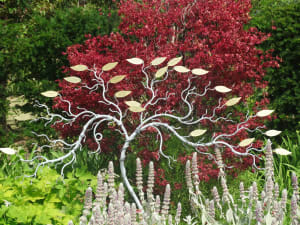
I’m often struck by how positive people in the funeral industry seem to be, despite witnessing tragedy on a daily basis. What’s your secret at Mortlake?
We are a positive bunch here. It’s three things I think. First and foremost, we all support each other, and everything uttered in this crematorium is fully confidential. If someone’s having a tough time, they know that they can speak to anybody here in the knowledge that this won’t go any further and they will be met with sympathy. We all know that the job has certain pressures, and that sometimes there’s just no way that you can rationalise the losses that families have to bear. We all support each other here, and we will support anybody else that comes here.
The second thing is a bit more simple I guess…we eat a lot. There’s always someone baking a cake and bringing it in!
Finally, it’s a case where people like their jobs here, because they know that they can do it properly. I would say that if you speak to anyone who’s stressed at work, whatever job and at whatever level, it’s because they haven’t got what they need to do the job properly.
Resomation, and chemical cremation seem to be taking off a lot more in the States, and are getting some discussion here in the UK. Do you see crematoria in the future becoming ‘resomatoria?’
It wouldn’t be financially viable at this point in time for us – what you can do with a body is very tightly restricted and legally controlled. Even after the law changes and resomation is legally permitted, it will take some time I think for the infrastructure here in the UK to adapt, and it will only happen if the demand for it is high enough.
Natasha, thanks for your time!

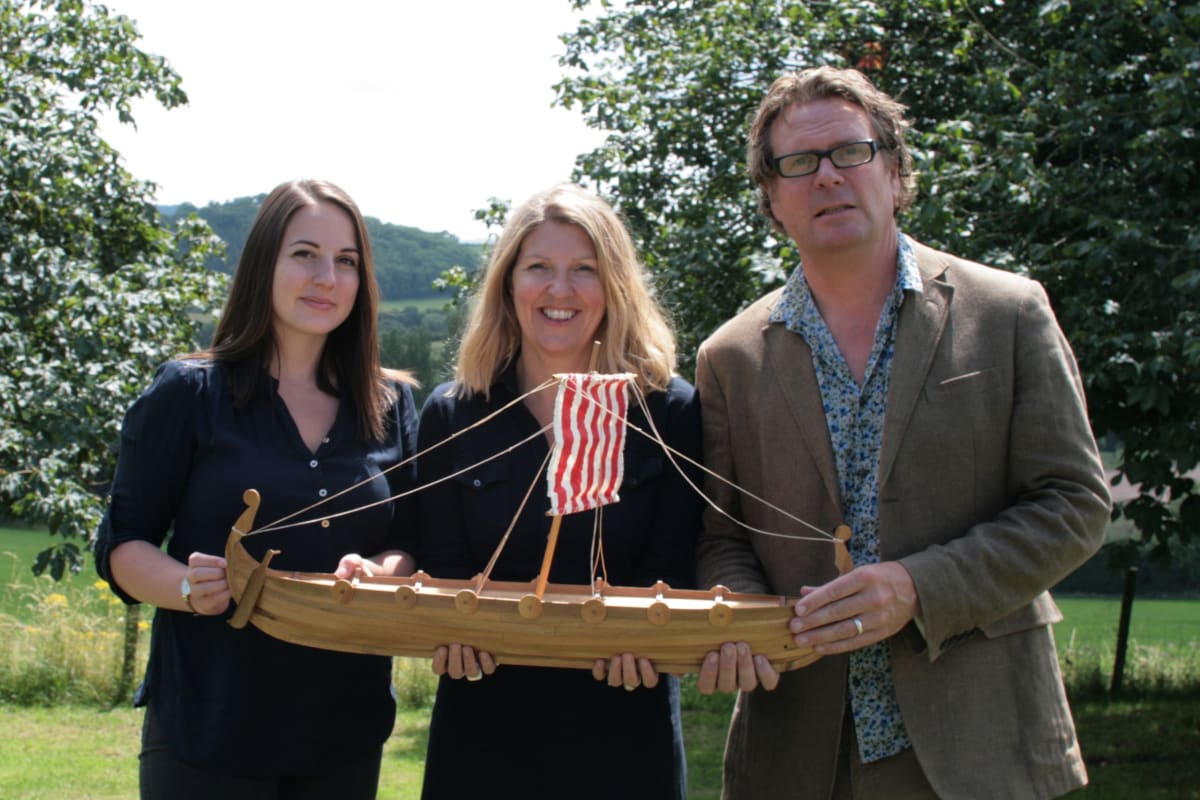
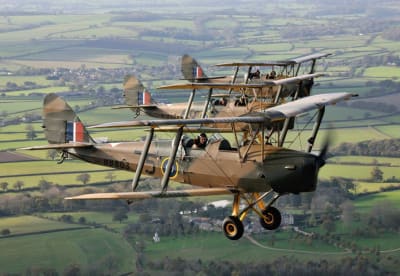
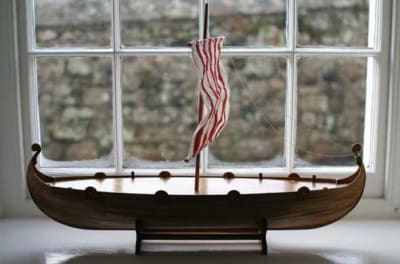
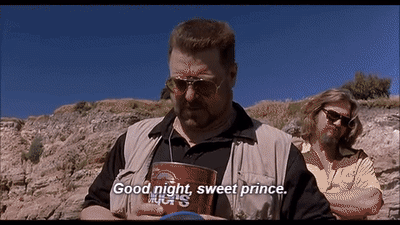
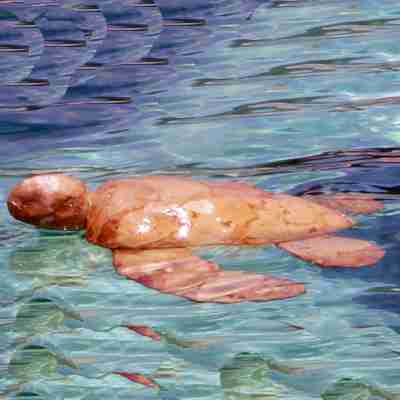
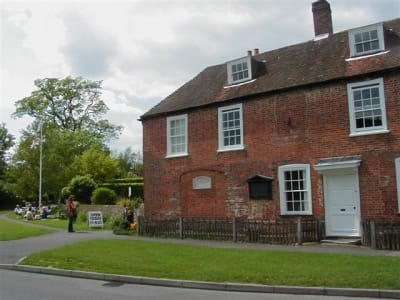

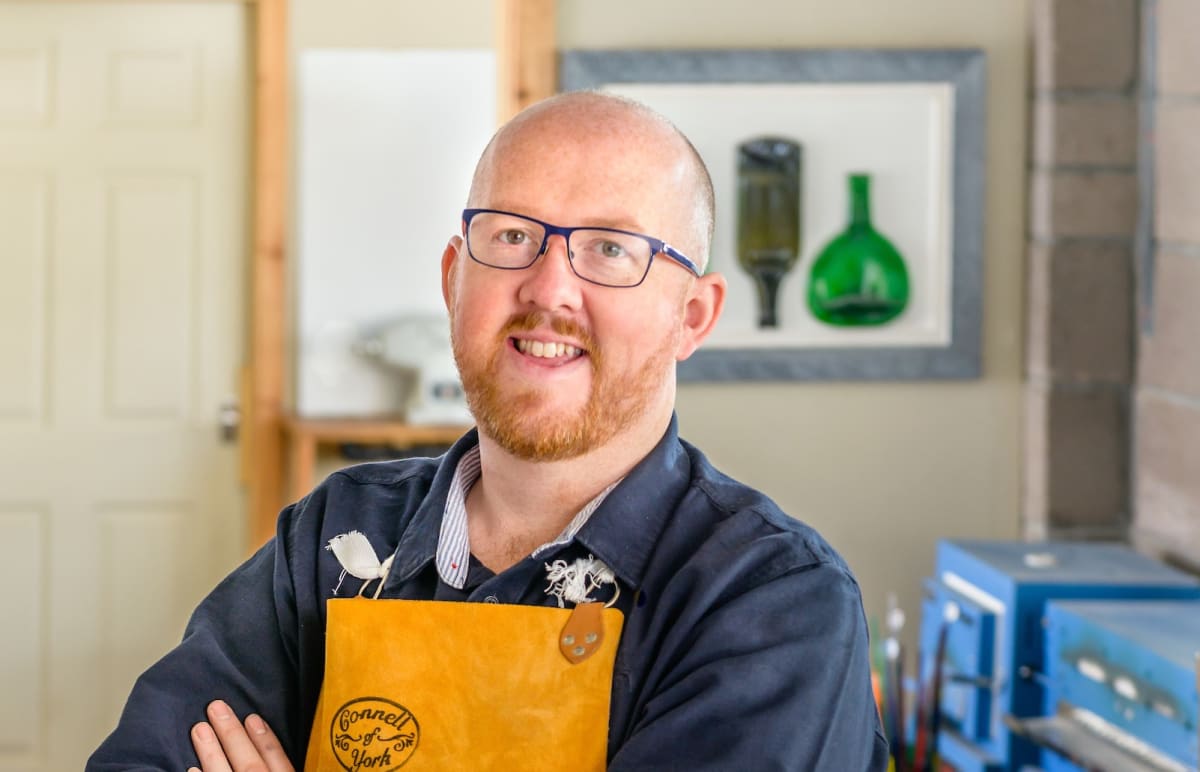


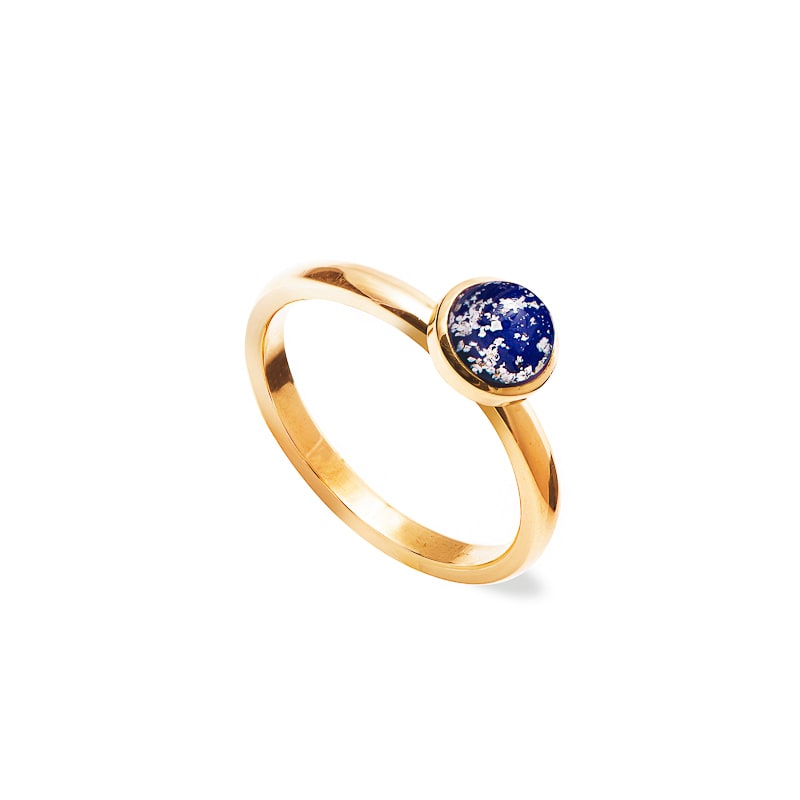
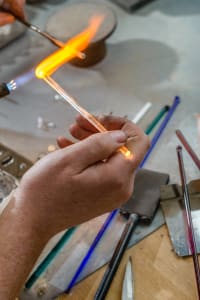
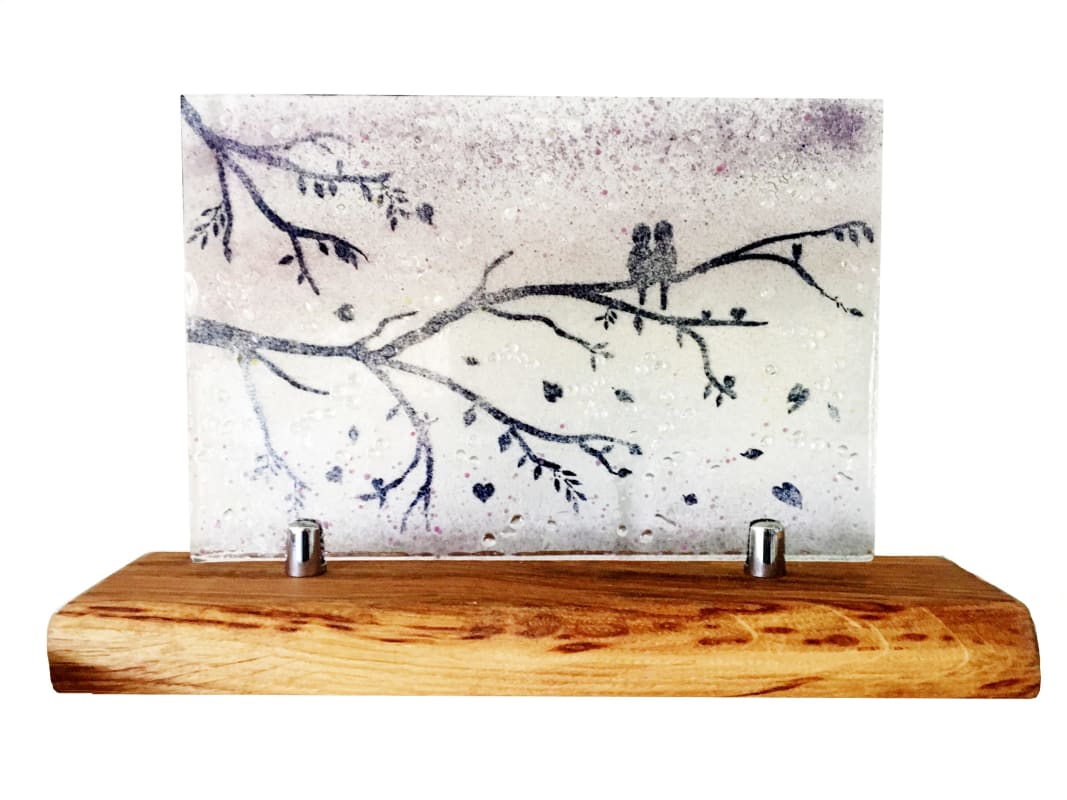
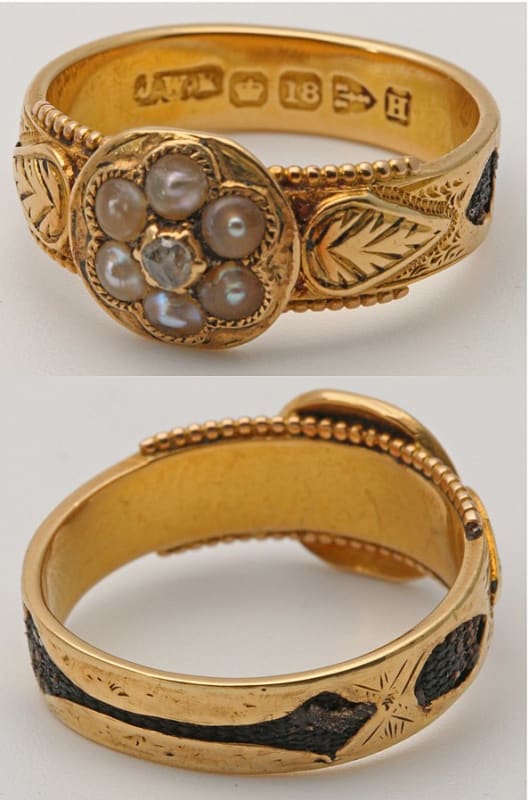
A lovely blog you have here. I’m a Funeral Videographer who works all around the UK and I agree that Mortlake Crematorium are great to work with. I’ve covered several funerals in 2017 at Mortlake Crematorium and I’m always thrilled with how accomodating the team is there. Keep up the good work.
Please could you let me know if dogs are allowed in the gardens of rest .
Thank you.